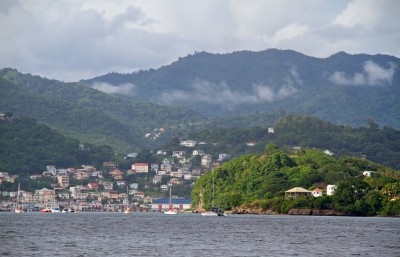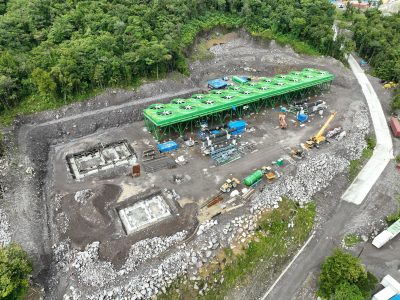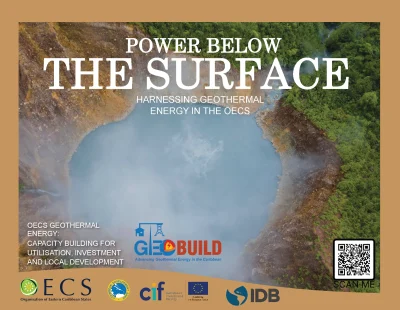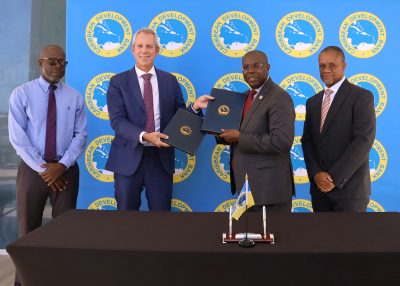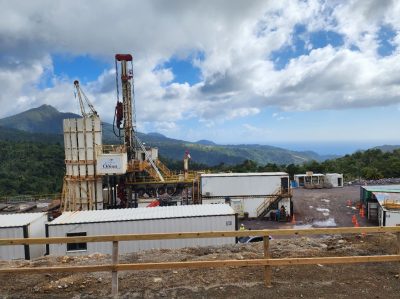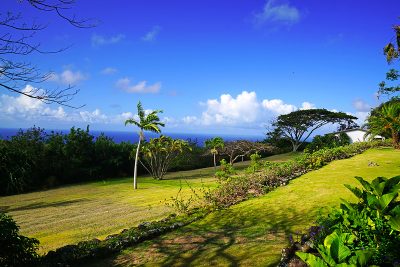Wildlife benefits from ecological work at Borinquen geothermal project
Restoration work in the last three years improved connectivity of forest species and ecosystems in the area surrounding the Borinquen geothermal project in Costa Rica.
Ecological connectivity near the Borinquen geothermal project in Costa Rica and its surrounding areas increased by 4.5% in the last three years, following actions by the national power utility Costa Rican Institute of Electricity (ICE), as part of its environmental commitments in favor of wildlife.
The objective of ecological connectivity is to analyze the relationships between the species of flora and fauna that inhabit fragmented natural areas near the geothermal plant located in the district of Canas Dulces, in the Guanacastecan canton of Liberia. Once that analysis is done, the job is to create conditions that preserve and also increase that connectivity.
As part of this commitment, ICE promotes actions such as control of grass growth, perimeter closures, dispersal of native tree seeds and placement of wildlife crossings; as well as surveillance and monitoring of the flora and fauna in the area.
The set of these works has allowed better conditions for nature in the territory of influence of the plant, ICE said in a statement.
Borinquen has an area of ??1,414 hectares, of which 834 have forest and another 466 are in the process of recovering forest cover. Species such as the spider monkey, the jaguar, the tapir and the glass frog, as well as toucans and birds of prey inhabit this area.
According to the application of the Integral Connectivity Index (IIC), functional connectivity on the Borinquen map went from 0.22 in 2018 to 0.23 in 2021, which represents an increase of 4.5%. The IIC value ranges from 0 (null) to 1 (maximum).
“Characterizing and monitoring the connectivity of habitats is essential for the conservation of ecological processes and the interactions of populations, communities and ecosystems,” explained Johan Valerio, environmental manager of the Borinquen geothermal project.
In addition to fulfilling the socio-environmental commitments, ecological connectivity strengthens the ecosystem services of the area of ??influence, as well as the conservation processes in areas surrounding the Rincón de la Vieja National Park, declared a Natural Heritage Site by UNESCO in 1999.
The Borinquen Geothermal Project is located in the western section of the Rincón de la Vieja volcanic massif. It contemplates the construction of two power generation plants, each with 55 MW of installed capacity, the first of which would come into operation in 2027.
Source: La Nacion









